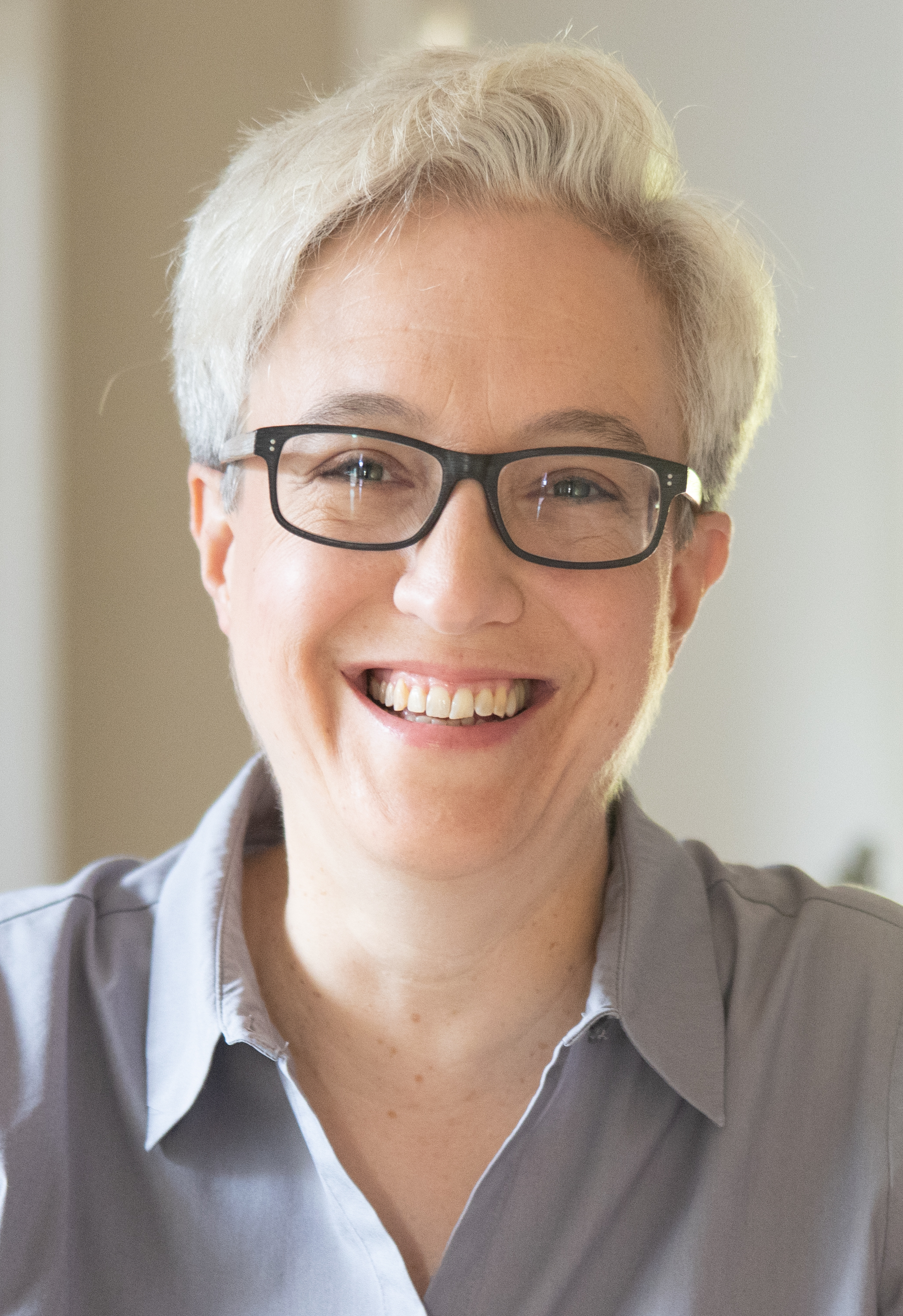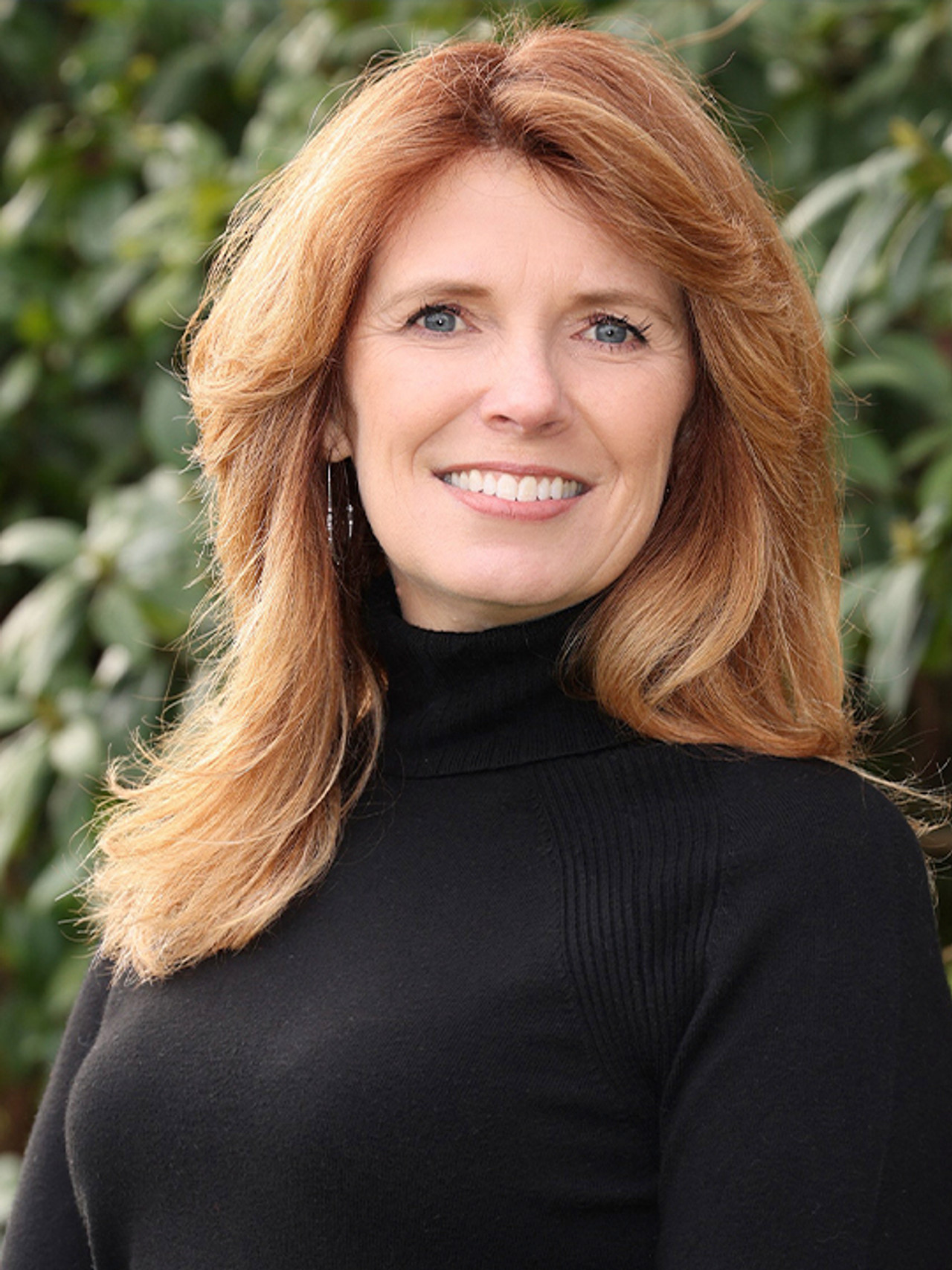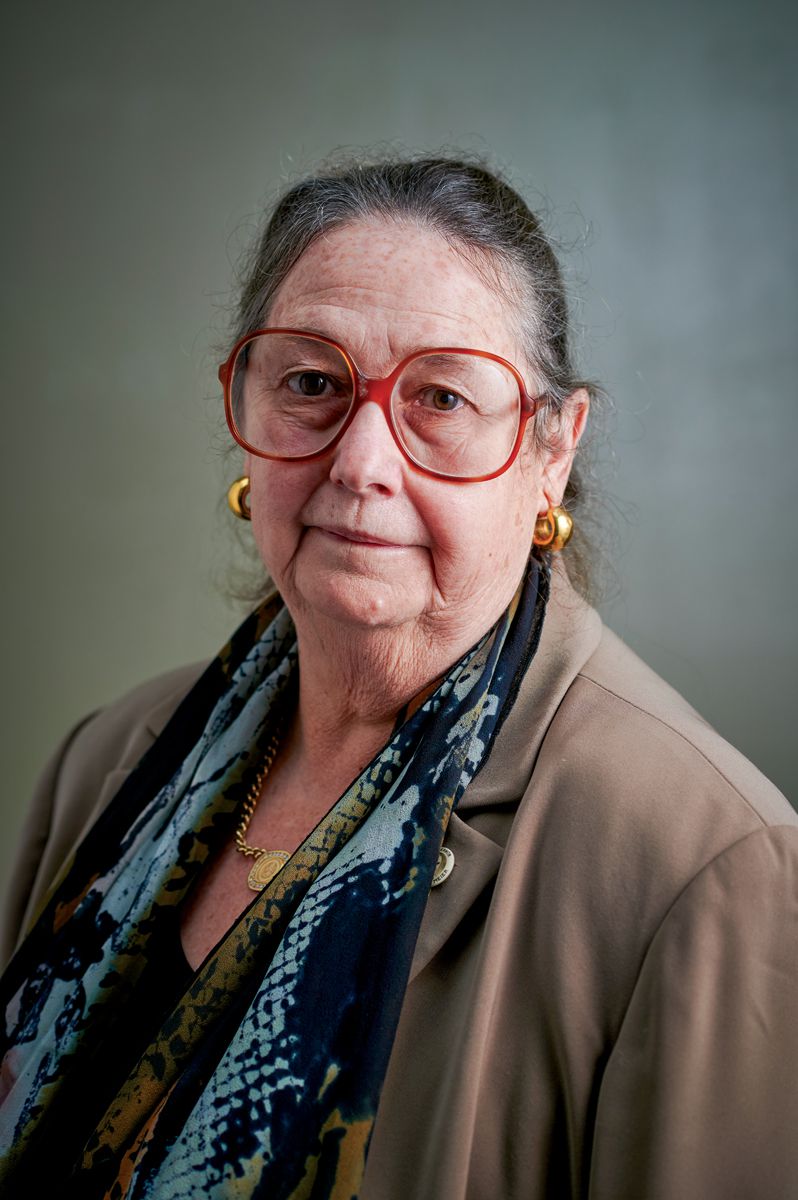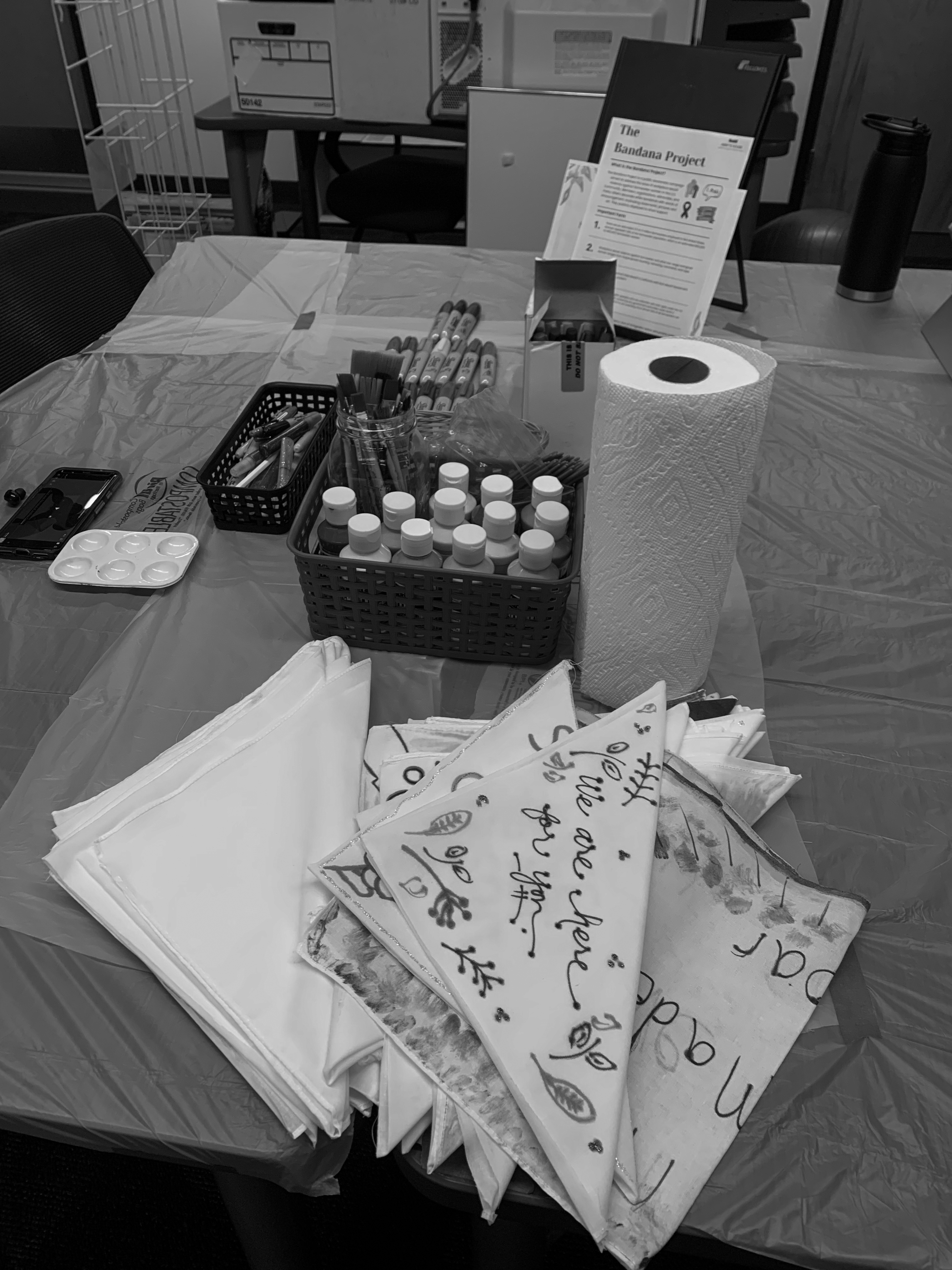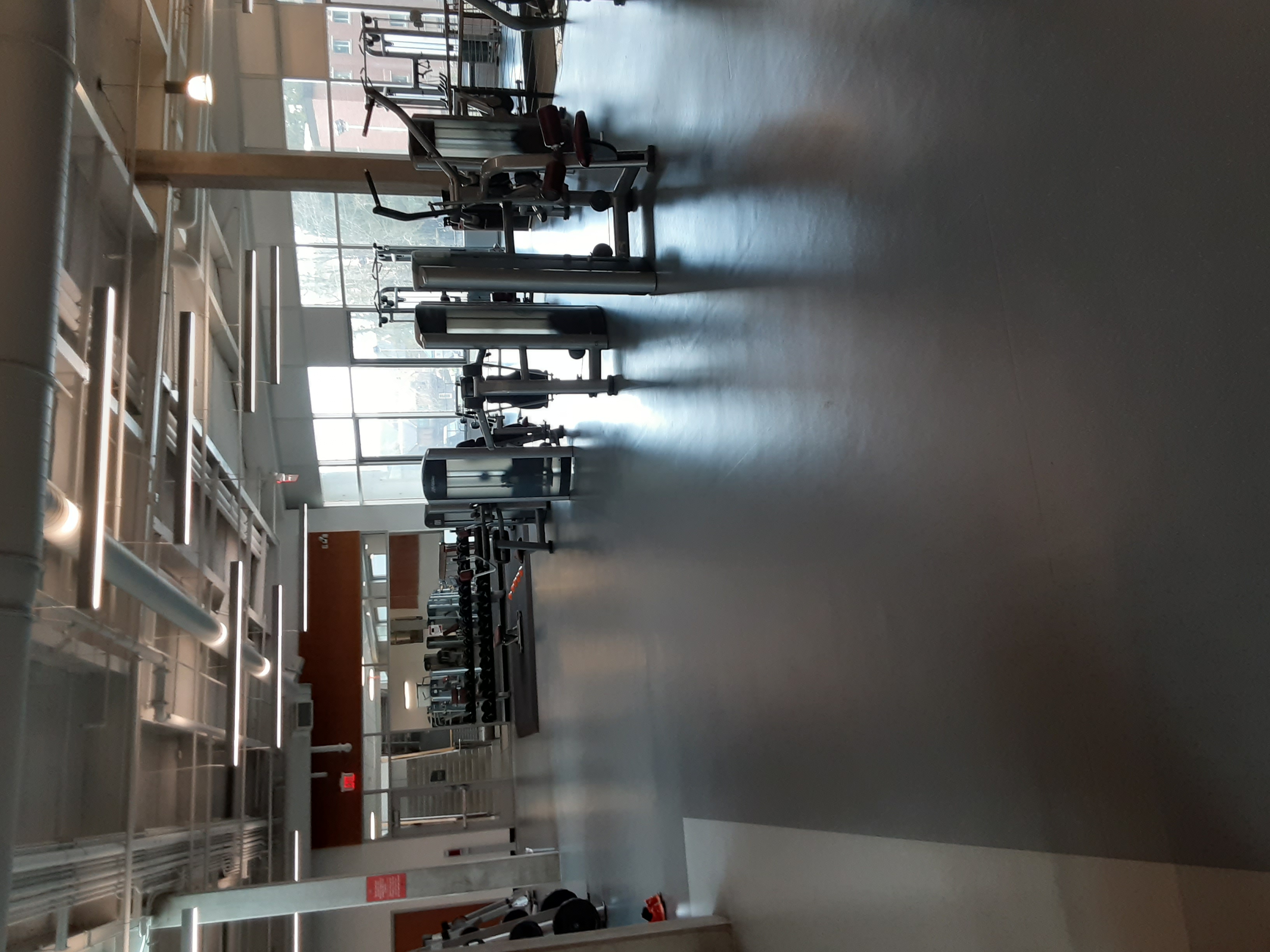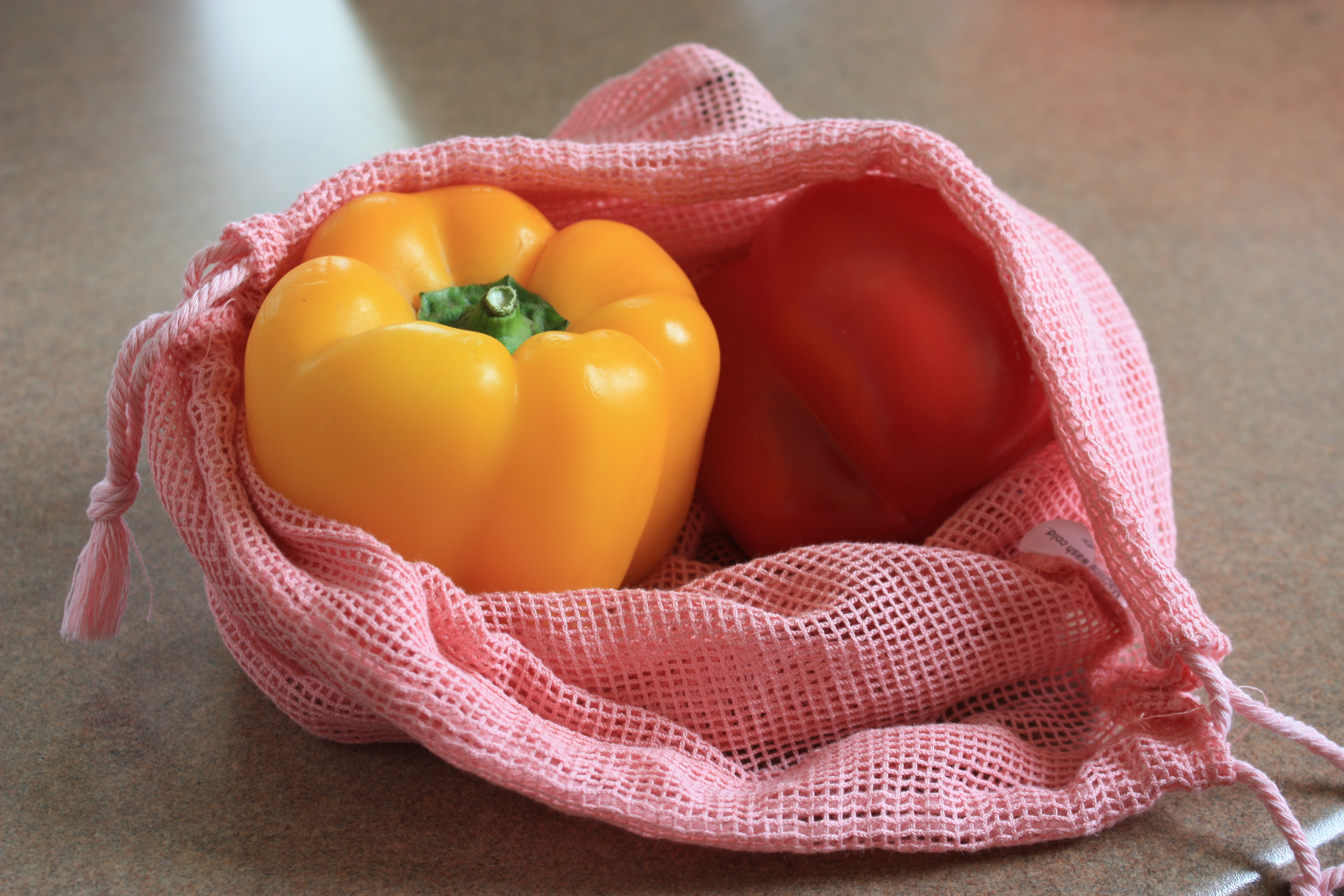Written by:Gretchen Sims
On Saturday, Nov. 5, the Western Wolves crushed the Simon Fraser University Red Leaves 32-7 — a perfect way to say goodbye to this years’ seniors.
The Wolves came out of the gate strong with No. 23, Omari Dixon-Land, scoring the first touchdown at the 7:43 minute mark in the first quarter.
During the second quarter, No. 94, Noa Aluesi, recovered the ball after No. 8, Malcolm Liufau, sacked the Red Leaves’ punter which resulted in a touchdown on the next play — completed by Thomas Wright when the game clock hit 14:00 on the top.
Running Back Marquis Sampson, No. 5, scored the final touchdown of the first half; bringing the Wolves score up to 26-0.
During half time Western honored their seniors. The seniors on the Western Oregon Cheerleading Team include Catherine Machorro, Jude Bokovoy and Abbey Busick.
The seniors from the Western Wolves Football Team include No. 4 Andrew Valladares, No. 5 Marquis Sampson, No. 6 Machiah Lee, No. 9 Jaylin Parnell, No. 11 Thomas Wright, No. 16 Joey Sinclair, No. 17 Logan Reese, No. 19 L.J. Lovelace, No. 23 Omari Dixon-Land, No. 24 Ryan Minniti and No. 69 Edward Taufa’asau.
During the third quarter, Simon Fraser made a comeback and managed to take 7 points back from Western — their first and final points of the game.
Western then had two unsportsmanlike conducts back to back at the 13:32 minute mark in the 3rd quarter. The first was by No. 5, Marquis Sampson, and the second was by No. 83, Shaw Jerome. The penalties pushed Western back 30 yards. This led to a forced punt at 4th in 38 — turning over the ball to the Red Leaves.
After Western put in their second string players, no more points were scored or lost and Western proved themselves to be good sports despite the previous unsportsmanlike conducts.
However, No. 3, Freshman Quarterback Kainoa Jones, ran the ball 26 yards in the 4th quarter — a promising start for the young star.
Overall, Western fought hard, but knew when to pull back and show respect to the other team. Tune in to their final game next week as the Wolves take on Texas A&M University at Kingsville, Texas. Go wolves!
Contact the author at howlentertainment.wou.edu


